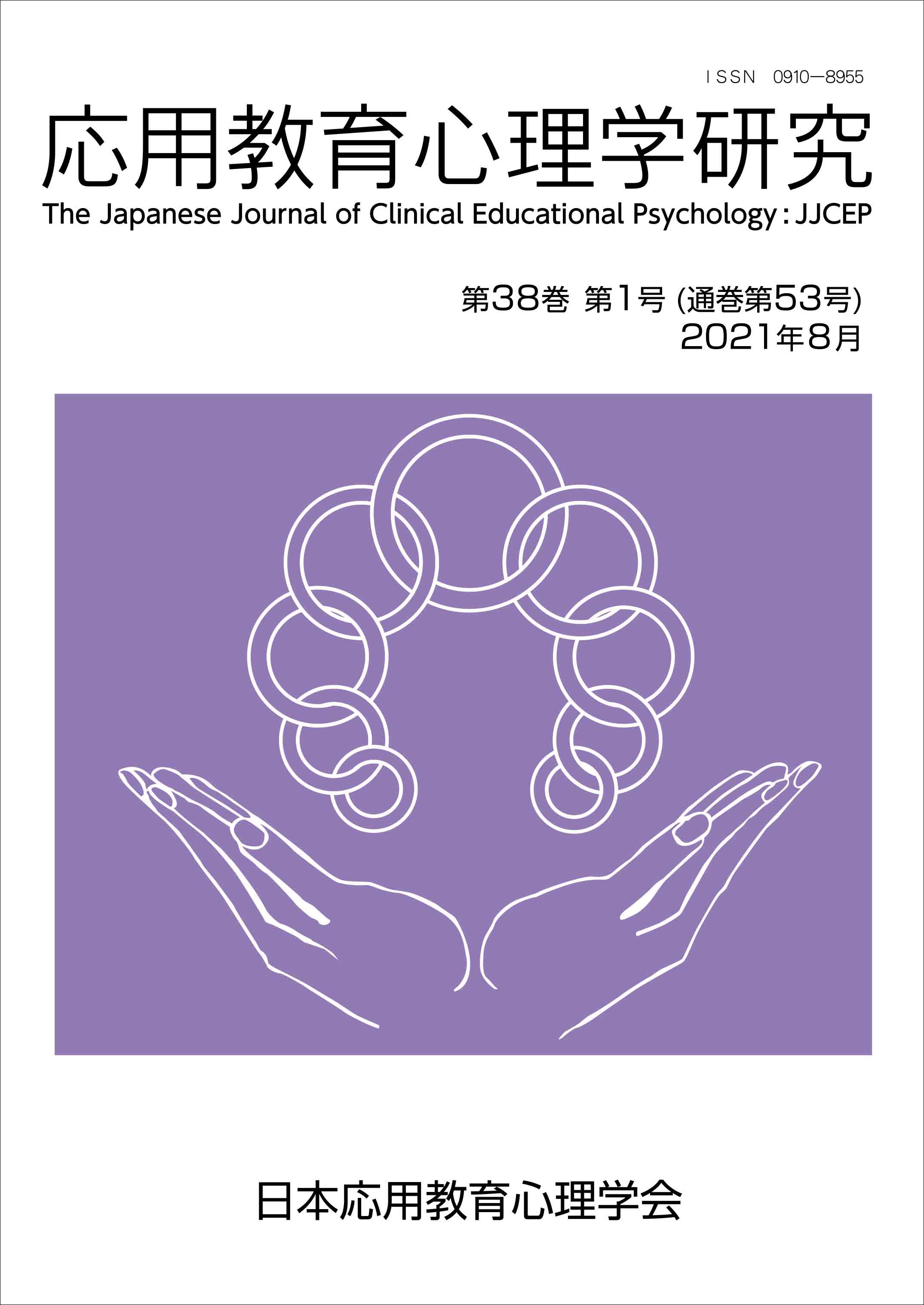Volume 40, Issue 1
Displaying 1-5 of 5 articles from this issue
- |<
- <
- 1
- >
- >|
-
2023 Volume 40 Issue 1 Pages 3-17
Published: August 31, 2023
Released on J-STAGE: October 31, 2023
Download PDF (1733K) -
2023 Volume 40 Issue 1 Pages 19-35
Published: August 31, 2023
Released on J-STAGE: October 31, 2023
Download PDF (1598K) -
2023 Volume 40 Issue 1 Pages 37-50
Published: August 31, 2023
Released on J-STAGE: October 31, 2023
Download PDF (1952K) -
2023 Volume 40 Issue 1 Pages 51-65
Published: August 31, 2023
Released on J-STAGE: October 31, 2023
Download PDF (1690K) -
2023 Volume 40 Issue 1 Pages 67-81
Published: August 31, 2023
Released on J-STAGE: October 31, 2023
Download PDF (1723K)
- |<
- <
- 1
- >
- >|
